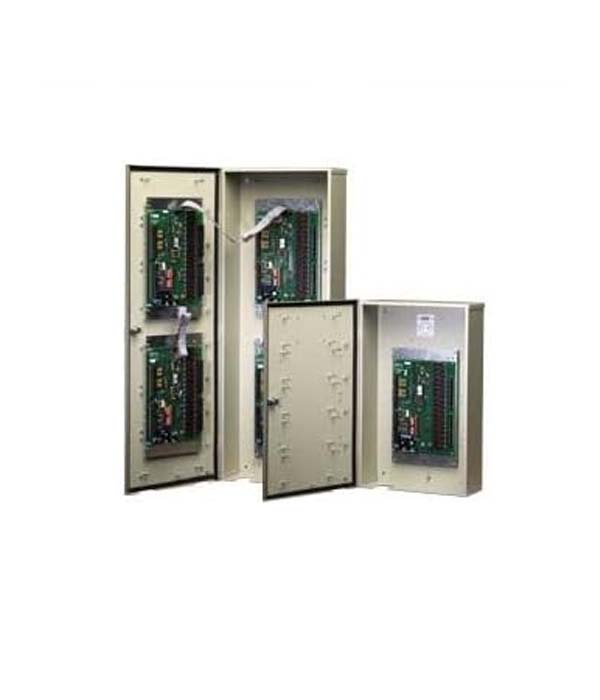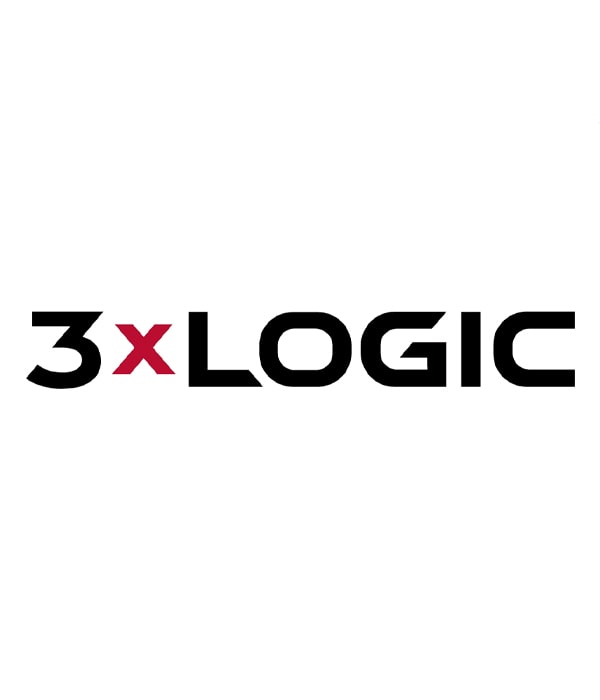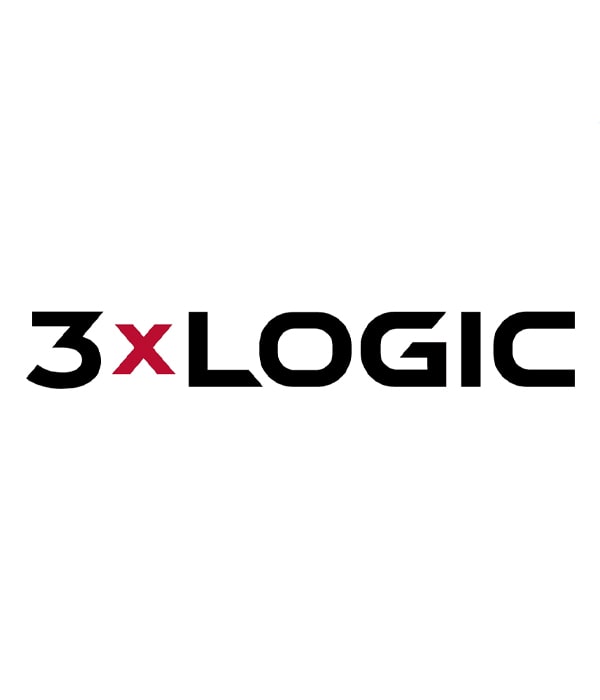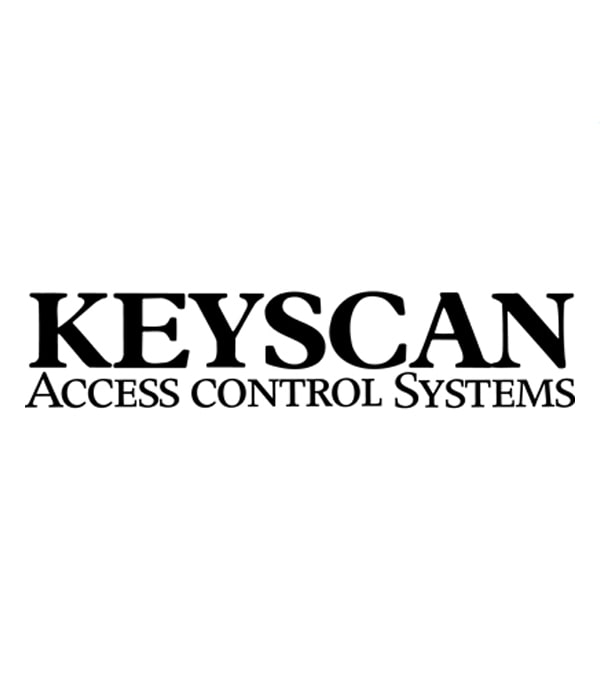DoorKing 2348-040 Elevator Control Board and Mounting Plat
Elevator Access Control: The control board enables efficient and
secure access control for elevators. It integrates with the
elevator’s operating system to regulate floor access based on user
permissions.
Secure User Authentication: The system supports various
authentication methods, including keycards, key fobs, or keypad
entry. Authorized users can authenticate themselves using their
assigned credentials to gain access to specific floors.
User Management: The control board offers comprehensive user
management capabilities. Administrators can easily add, remove,
or modify user profiles, assign access privileges, and define time-
based access schedules.
Floor Restriction: With the Elevator Control Board, administrators
can configure floor restrictions for different user groups or
individuals. This ensures that users can only access the floors they
are authorized to enter, enhancing security and preventing
unauthorized access.
Integration with Building Access Control: The Elevator Control
Board can seamlessly integrate with the building’s overall access
control system. This allows for centralized management of access
permissions and synchronized user data across all entry points.
Event Logging and Reporting: The system keeps a detailed log of
elevator access events, including user entries, floor selections, and
system status. This information can be used for auditing purposes
and generating reports to track user activity and identify any
security concerns.
Emergency Override: The control board may include an emergency
override feature, allowing authorized personnel such as security
staff or emergency responders to override normal access
restrictions during emergency situations.
Mounting Plate: The package includes a mounting plate designed to
securely hold and install the elevator control board. The mounting
plate ensures proper positioning and easy access for maintenance
and configuration.
Compatibility: The DoorKing 2348-040 Elevator Control Board is
compatible with various elevator systems and can be integrated
into new or existing installations.
Specifications
- Communication Interface: The control board supportscommunication via RS-485 protocol, allowing seamless integration
with the elevator system’s communication network.
- Input and Output Connections: The control board featuresmultiple input and output connections for various devices and
peripherals. These connections may include door sensors, push
buttons, floor indicators, and alarm systems.
- Power Supply: The control board requires a dedicated powersupply to operate. The power supply specifications may vary
depending on the specific model and installation
requirements.
- Housing and Mounting: The control board is housed in a durableand secure enclosure to protect it from environmental factors and
tampering. The mounting plate provides a stable and convenient
platform for installing the control board in the elevator control
room.
- Programming and Configuration: The control board isprogrammable and configurable to meet specific access control
requirements. Configuration settings may include elevator-specific
parameters, user access levels, time schedules, and communication
settings.
- Diagnostic and Maintenance Features: The control board mayinclude built-in diagnostic tools and features to facilitate
troubleshooting and maintenance. These features can help identify
issues, monitor system performance, and streamline maintenance
tasks.
- Compliance and Certification: The DoorKing 2348-040 ElevatorControl Board and Mounting Plate may comply with relevant
industry standards and certifications to ensure product quality,
safety, and compatibility.
- Firmware Updates: The control board’s firmware may supportupdates to ensure compatibility with evolving technologies and
security enhancements. Firmware updates can be performed
through a designated interface or software tool provided by the
manufacturer.
- Expansion Options: Depending on the specific model, thecontrol board may offer expansion options to accommodate
additional inputs, outputs, or integration with third-party systems
or devices.
Features
- Access Control Integration: The control board is designed toseamlessly integrate with existing access control systems, allowing
for centralized management of elevator access permissions. This
enables secure and efficient control of elevator usage based on
user credentials.
- Multi-Level Access: The control board supports multi-levelaccess control, allowing different user groups or individuals to
have varying levels of access to different floors or areas within
the building. This feature enhances security and restricts
unauthorized access to certain floors.
- Time-Based Access: The control board offers the flexibility toset time-based access permissions. This means that certain users or
user groups may be granted access to specific floors or areas only
during designated time periods. This feature is particularly useful
for managing access restrictions during certain hours or days.
- Emergency Operation Modes: The control board may includeemergency operation modes, such as Fireman’s Operation or
Emergency Service Operation. These modes override normal
access control settings to facilitate safe and efficient evacuation
or emergency response procedures.
- Event Logging and Reporting: The control board is equippedwith event logging capabilities, which record and store
information about access attempts, system malfunctions, and other
important events. This feature allows for detailed auditing,
troubleshooting, and generating reports for analysis and
compliance purposes.
- Remote Monitoring and Control: Some models of the controlboard may support remote monitoring and control capabilities.
This enables authorized personnel to monitor the status of the
elevator system, perform diagnostics, and make configuration
changes remotely, enhancing convenience and efficiency in system
management.
- Compatibility with Third-Party Systems: The control board mayhave the ability to integrate with various third-party systems and
devices, such as building management systems, security systems,
and video surveillance systems. This integration enables a
comprehensive and interconnected approach to building security
and access control.
- Fault Detection and Notification: The control board can detectand report faults or malfunctions within the elevator system. This
feature helps in proactive maintenance and timely resolution of
issues, reducing downtime and ensuring optimal performance.
- Tamper Resistance: The control board may have built-intamper-resistant features, such as tamper switches or alarm
notifications, to deter and detect any unauthorized tampering or
tampering attempts on the control board or related
components.
- Energy Efficiency: The control board may incorporate energy-efficient features to optimize power consumption and reduce
energy costs. This can include standby modes, power-saving
settings, or energy management capabilities.





Reviews
There are no reviews yet.